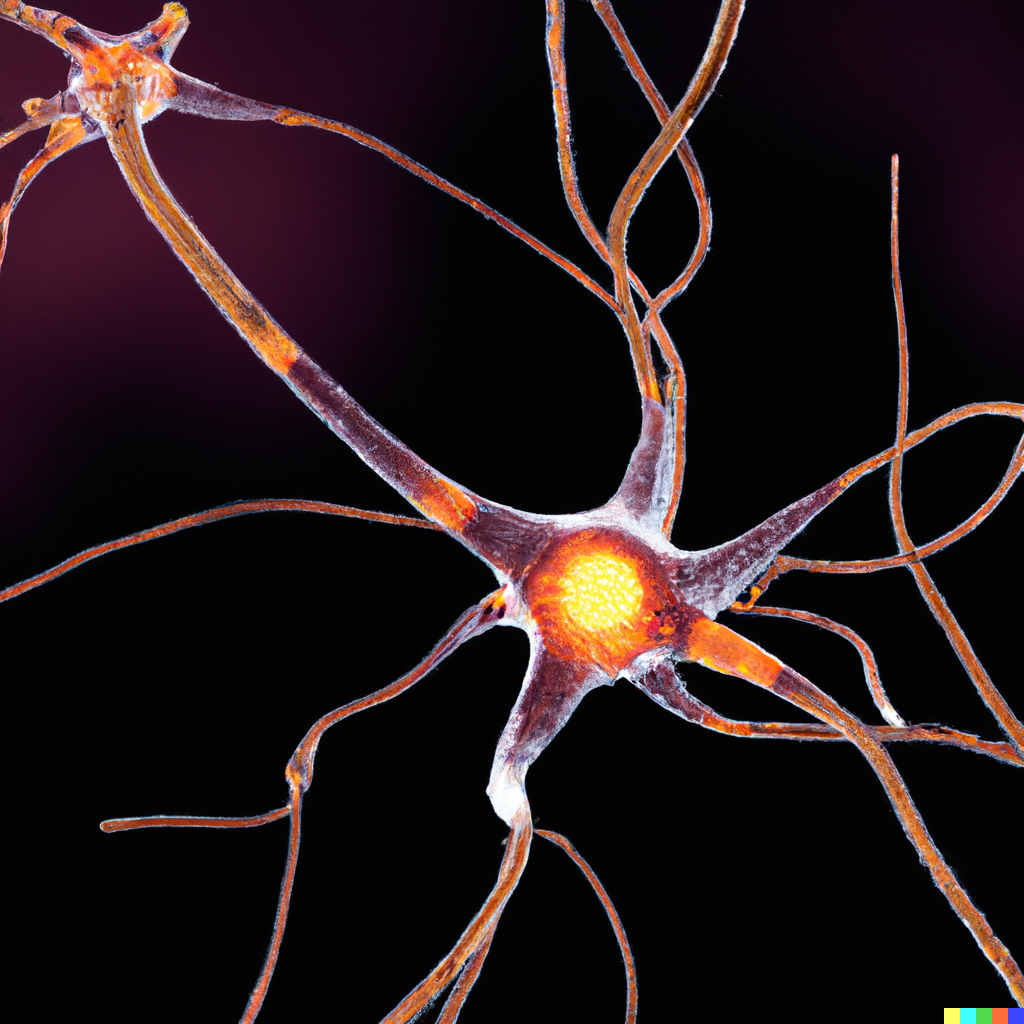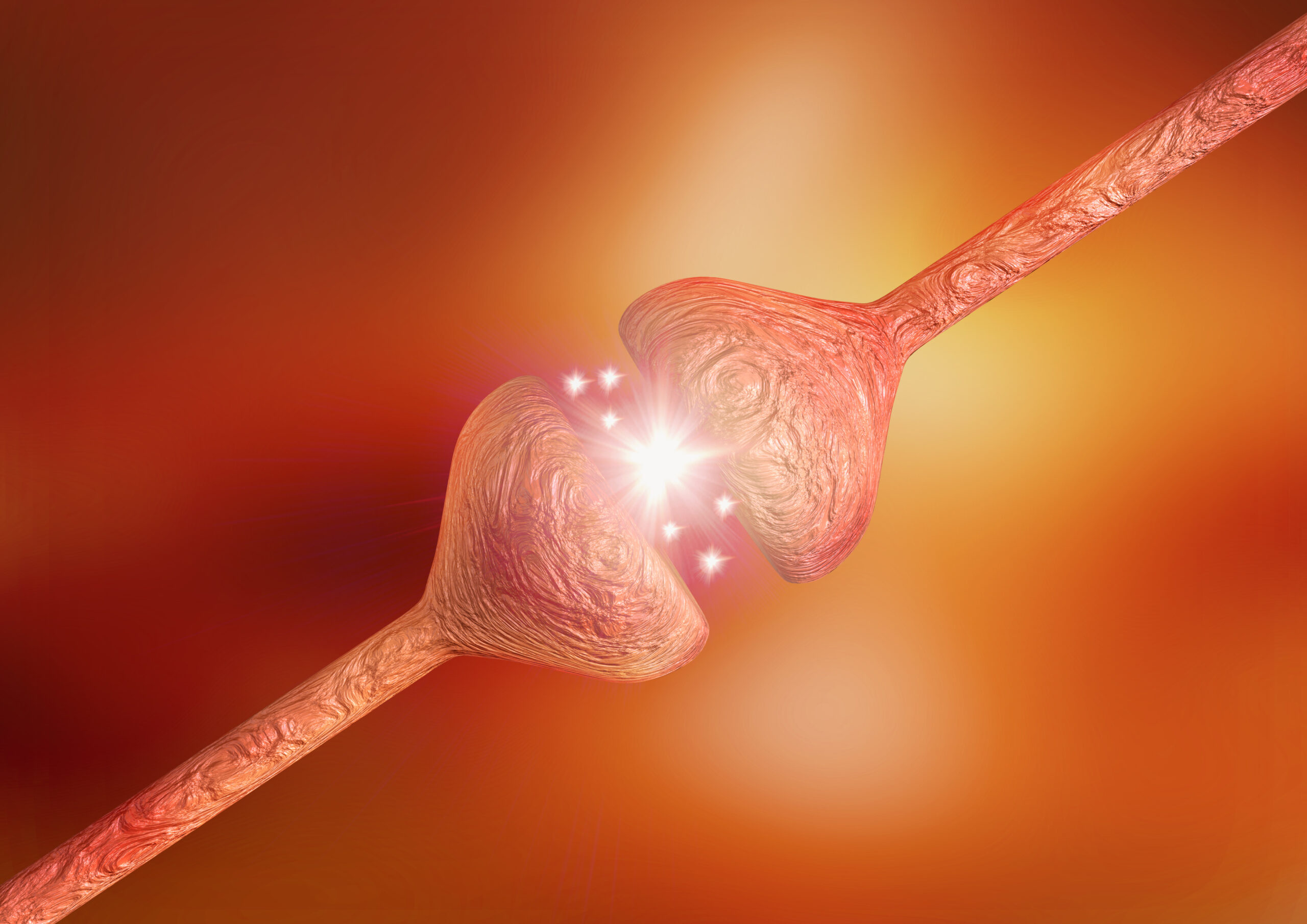Beta-Amyloid Accumulation and Cognitive Decline: Insights from Alzheimer’s Disease Research
Alzheimer’s disease is a neurodegenerative disorder that affects millions of people worldwide, causing cognitive decline, memory loss, and other debilitating symptoms. One of the most well-known features of Alzheimer’s is the buildup of beta-amyloid, a protein fragment that accumulates in the brain and forms sticky clumps known as amyloid plaques. But what causes beta-amyloid to accumulate in the brain, and how does it contribute to the development and progression of Alzheimer’s disease?

In healthy individuals, beta-amyloid is produced naturally in the body as a byproduct of cellular metabolism. It is formed when a larger protein, called amyloid precursor protein (APP), is broken down by enzymes in the brain. However, in some individuals, beta-amyloid accumulates in the brain, forming amyloid plaques that are a hallmark pathological feature of Alzheimer’s disease.
One of the most well-established risk factors for Alzheimer’s is aging. As we age, our ability to clear beta-amyloid from the brain decreases, leading to a buildup of the protein over time. This accumulation is thought to be due in part to a decline in the functioning of the glymphatic system, a network of channels in the brain that removes waste products and other debris. The glymphatic system is particularly active during sleep, and poor sleep has been linked to an increased risk of beta-amyloid accumulation and Alzheimer’s disease.
In addition to aging and poor sleep, genetics also play a role in the accumulation of beta-amyloid in the brain. Certain mutations in the APP gene and other genes related to beta-amyloid metabolism have been linked to an increased risk of Alzheimer’s disease. In addition, environmental factors such as head injury, chronic stress, and exposure to toxins may also contribute to the accumulation of beta-amyloid in the brain.
The accumulation of beta-amyloid in the brain is believed to cause neuronal damage and inflammation, leading to the cognitive decline and memory loss seen in Alzheimer’s disease. The exact mechanism by which beta-amyloid causes this damage is not fully understood, but several theories have been proposed.
One theory is that beta-amyloid disrupts the normal functioning of synapses, the connections between neurons that are critical for learning and memory. Beta-amyloid may interfere with the release of neurotransmitters, the chemicals that allow neurons to communicate with one another, leading to synaptic dysfunction and ultimately neuronal death.
Another theory is that beta-amyloid triggers an inflammatory response in the brain. Inflammation is a normal response to injury or infection, but chronic inflammation can lead to tissue damage and cell death. In Alzheimer’s disease, beta-amyloid may trigger an inflammatory response that contributes to neuronal damage and cognitive decline.
Despite the wealth of research on beta-amyloid and Alzheimer’s disease, there is still much that is not known about the mechanisms underlying the disease. For example, it is unclear why some individuals with beta-amyloid accumulation go on to develop Alzheimer’s disease, while others do not. In addition, the relationship between beta-amyloid accumulation and other pathological features of Alzheimer’s, such as tau tangles, is not fully understood.

Nonetheless, the study of beta-amyloid and its role in Alzheimer’s disease has led to the development of promising treatments for the disease. One of the most widely studied approaches is immunotherapy, which involves the use of antibodies to target and remove beta-amyloid from the brain. Several monoclonal antibodies targeting beta-amyloid are currently in clinical trials, and some have shown promising results in reducing amyloid plaques in the brain.
In addition to immunotherapy, other approaches to treating Alzheimer’s disease include drugs that target inflammation, synaptic dysfunction, and other pathways believed to be involved in the disease. Many of
these approaches are still in the early stages of development, and it remains to be seen whether they will be effective in treating Alzheimer’s disease. However, the growing understanding of the mechanisms underlying the disease, including the role of beta-amyloid, is likely to drive progress in the field of Alzheimer’s research in the coming years.
It is worth noting that beta-amyloid is not the only protein that accumulates in the brains of Alzheimer’s patients. Tau protein, which is involved in the normal functioning of neurons, also accumulates in the brains of Alzheimer’s patients, forming tangles that are thought to contribute to neuronal dysfunction and cognitive decline. The relationship between beta-amyloid and tau in Alzheimer’s disease is complex, and it is not yet clear which protein is the primary driver of the disease.
Despite the complexities of Alzheimer’s disease, the study of beta-amyloid and other proteins involved in the disease is a critical area of research. By understanding the mechanisms underlying the accumulation of beta-amyloid in the brain, researchers may be able to develop new treatments that can slow or stop the progression of Alzheimer’s disease.
In addition to developing new treatments, it is also important to focus on strategies for preventing Alzheimer’s disease from developing in the first place. Lifestyle factors such as exercise, a healthy diet, and cognitive stimulation have been shown to reduce the risk of Alzheimer’s disease, and may be effective in slowing or preventing the accumulation of beta-amyloid in the brain.
In conclusion, the accumulation of beta-amyloid in the brain is a key pathological feature of Alzheimer’s disease, and is believed to play a central role in the development and progression of the disease. While the exact causes of beta-amyloid accumulation are not fully understood, aging, genetics, and environmental factors are all thought to contribute to the accumulation of the protein in the brain. By understanding the mechanisms underlying beta-amyloid accumulation and the relationship between beta-amyloid and other pathological features of Alzheimer’s, researchers may be able to develop new treatments that can slow or stop the progression of the disease. In addition, strategies for preventing Alzheimer’s disease through lifestyle interventions may be effective in reducing the risk of the disease and improving brain health overall.
Sources:
- Jack Jr, C. R., Bennett, D. A., Blennow, K., Carrillo, M. C., Feldman, H. H., Frisoni, G. B., … & Sperling, R. (2018). NIA-AA Research Framework: Toward a biological definition of Alzheimer’s disease. Alzheimer’s & dementia, 14(4), 535-562.
- Crary, J. F., Trojanowski, J. Q., Schneider, J. A., Abisambra, J. F., Abner, E. L., Alafuzoff, I., … & Cairns, N. J. (2014). Primary age-related tauopathy (PART): a common pathology associated with human aging. Acta neuropathologica, 128(6), 755-766.




